- Hay, Elizabeth D., editor. 1991. Cell biology of extracellular
matrix, 2nd edition.
- Ruoslahti, E., Pierschbacher, M.D. 1987. New perspectives
in cell adhesion: RGD and integrins. Science 238: 491-497.
- Esty, A. 1991. Rapid attachment and spreading of bovine
aortic endothelial cells in serum-free and reduced serum media on ProNectin
F, an engineered protein polymer. Biomedical Products 16 (5):
76-78.
- Putnam, D. and Cappello, J. 1993. Improving the growth
of anchorage-dependent cells upon abrupt passage to serum-free media. American
Biotechnology Laboratory 11 (13): 14-16.
- Varani, J., Inman, D.R., Fligiel, S.E.G., Hillegas, W.J.
1993. Use of recombinant and synthetic peptides as attachment factors for
cells on microcarriers. Cytotechnology 13: 89-98.
- Gailit, J., Colflesh, D., Rabiner, I., Simone, J., Goligorsky,
M.S. 1993. Redistribution and dysfunction of integrins in cultured renal
epithelial cells exposed to oxidative stress. American Journal of Physiology
264: F149-F157.
- Lwebuga-Mukasa, J.S. 1994. A Mn2+ enhanced,
RGD-dependent adhesion technique for isolation of adult rat type II alveolar
epithelial cells for immediate functional studies. American Journal
of Respiratory Cell and Molecular Biology 10: 347-354.
- Wendland, M., Subramani, S. 1993. Cytosol-dependent peroxisomal
protein import in a permeabilized cell system. Journal of Cell Biology
120 (3): 675-685.
- Waldemar, L., Spear, D. 1993. Improved adherent mammalian
cell transfection with ProNectin F recombinant attachment factor. Strategies
in molecular biology 5:48-50.
- Vedovato, V., Borrow, P., Growing lymphocytic choriomeningitis
virus in serum-free media using ProNectin F, an engineered cell attachment
polymer. (Manuscript in preparation).
- Singhvi, R., Wang, D.I.C., Cappello, J., Production of
rIFNg using anchorage-dependent CHO cells cultivated on ProNectin
F-coated polystyrene in serum-free medium. (Manuscript in preparation).
- Ott, M.J., Olson, J.L., Ballermann, B.J. 1995. Chronic
in vitro flow promotes ultrastructural differentiation of endothelial cells.
Endothelium 3: 21-30.
- Redmond, E.M., Cahill, P.A., Sitzmann, J.V. 1995. Perfused
transcapillary smooth muscle and endothelial cell co-culture -- a novel
in vitro model. In Vitro Cellular and Developmental Biology -Animal
31: 601-609.
- Stanness, K.A., Guatteo, E., Janigro, D. 1996. A dynamic
model of the blood-brain barrier In Vitro. Neurotoxicology
17 (2): 481-496.
- Davis, T.A., Wiesmann, W., Kidwell, W., Cannon, T., Kerns,
L., Serke, C., Delaplaine, T., Pranger, A., Lee, K.P. 1996. Effect of spaceflight
on human stem cell hematopoiesis: suppression of erythropoiesis and myelopoiesis.
Journal of Leukocyte Biology 60: 69-76.
- Yelian, F.D., Yang, Y., Hirata, J.D., Schultz, J.F.,
Armant, D.R. 1995. Molecular interactions between fibronectin and integrins
during mouse blastocyst outgrowth. Molecular Reproduction and Development
41: 435-448.
- Lehmann, M., Rabenandrasana, C., Tamura, R., Lissitzky,
J.-C., Quaranta, V., Pichon, J., Marvaldi, J. 1994. A monoclonal antibody
inhibits adhesion to fibronectin and vitronectin of a colon carcinoma cell
line and recognizes the integrins aVß3, aVß5,
and aVß6. Cancer Research 54:
2102-2107.
- Noiri, E., Gailit, J., Sheth, D., Magazine, H., Gurrath,
M., Muller, G., Kessler, H., Goligorsky. M.S. 1994. Cyclic RGD peptides
ameliorate ischemic acute renal failure in rats. Kidney International
46: 1050-1058.
- Rossi, F., Billetta R., Ruggeri, Z., Zanetti, M. 1995.
Engineered idiotypes. Immunochemical analysis of antigenized antibodies
expressing a conformationally constrained ARG-GLY-ASP (RGD) motif. Molecular
Immunology 32 (5): 341-346.
- Ni, J., Chen, S.F., Hollander, D. 1996. Immunological
abnormality in C3H/HeJ mice with heritable inflammatory bowel disease.
Cellular Immunology 169 (1): 7-15.
- Cappello, J., Crissman, J.W. 1990. The design and production
of bioactive protein polymers for biomedical applications. ACS Polymer
Preprints 31 (1): 193-194.
- Anderson, J.P., Cappello, J., Martin, D.C. 1994. Morphology
and primary crystal structure of a silk-like protein polymer synthesized
by genetically engineered E. Coli bacteria. Biopolymers 34
(8): 1049-1057.
- Stedronsky, E.R., Cappello, J., David, S., Donofrio,
D.M., McArthur, T., McGrath, K., Panaro, M.A., Putnam, D, Spencer, W.,
Wallis, O. 1994. Injection Molding of ProNectin F Dispersed in Polystyrene
for the Fabrication of Plastic Ware Activated Towards Attachment of Mammalian
Cells. Materials Research Society Symposium Proceedings 330:
157-164.
- Quinn, P. And Margalit, R. 1996. Beneficial Effects of
Co-culture with Cumulus Cells on Blastocyst Formation in a Prospective
Trial with Supernumerary Human Embryos. Journal of Assisted Reproduction
and Genetics 13 (1): 9-14.
|

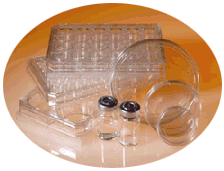



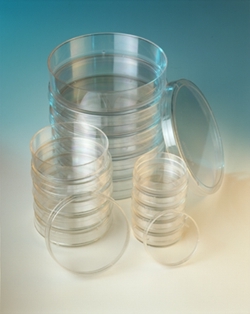
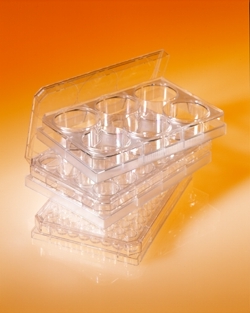
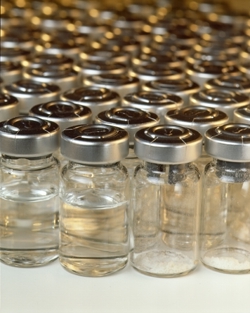


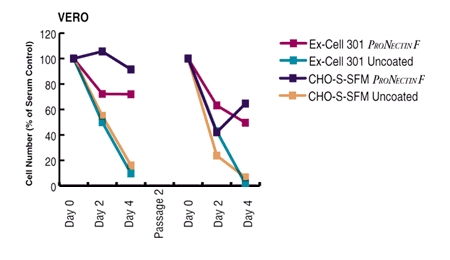
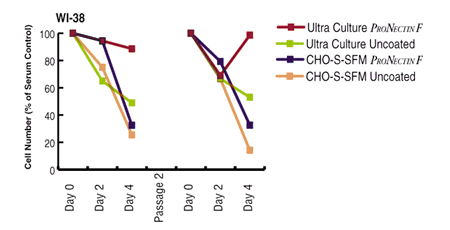



![]()